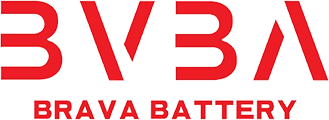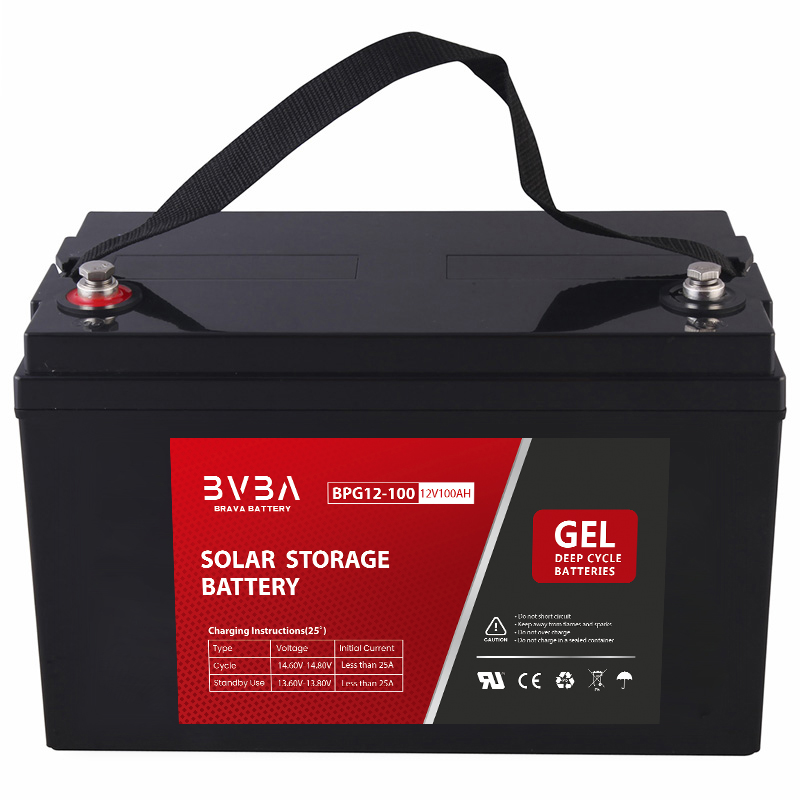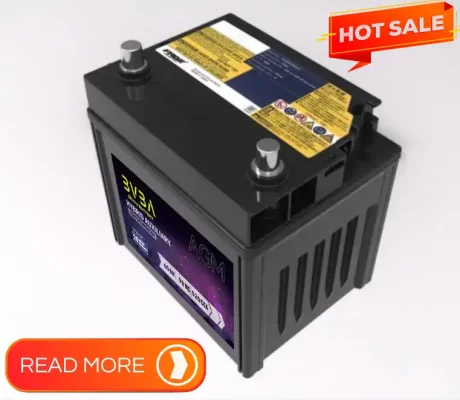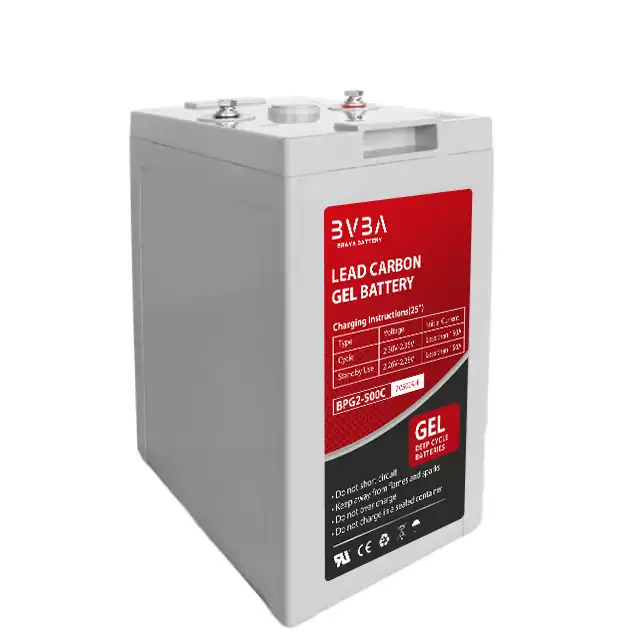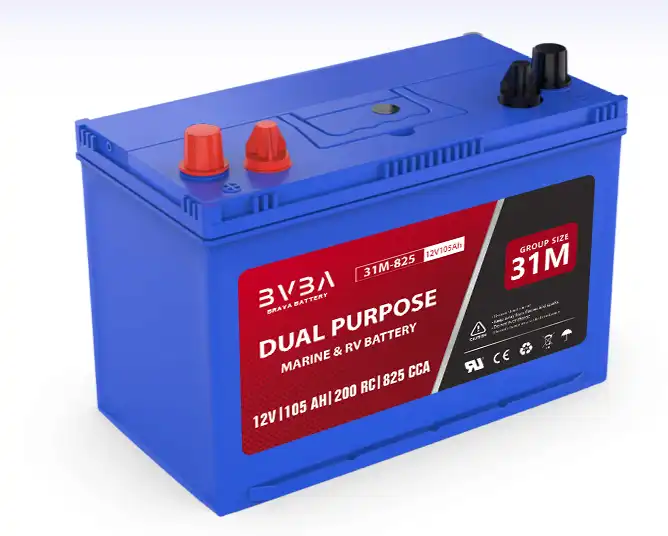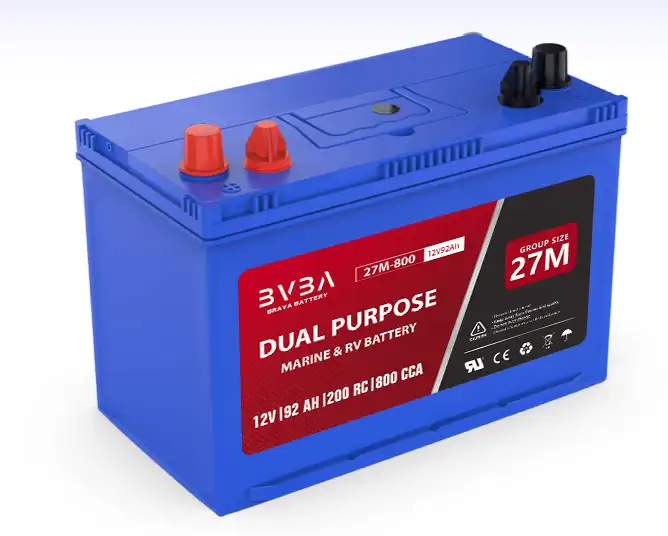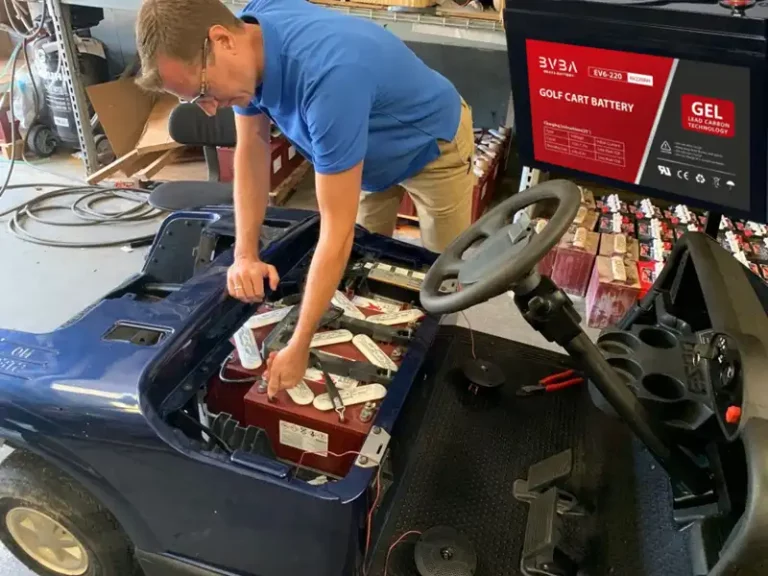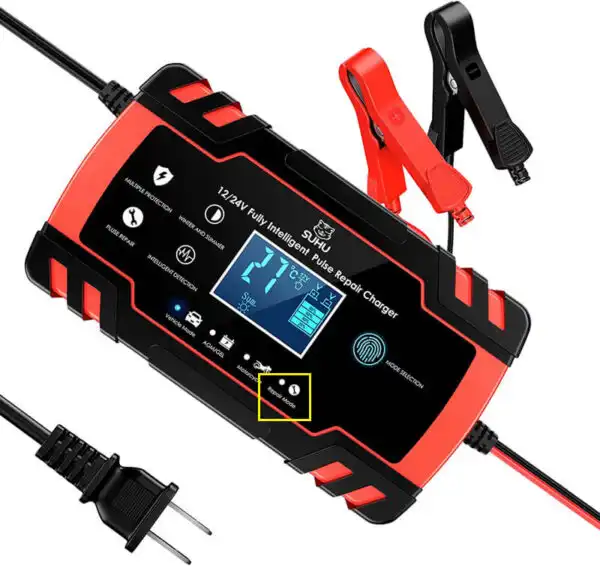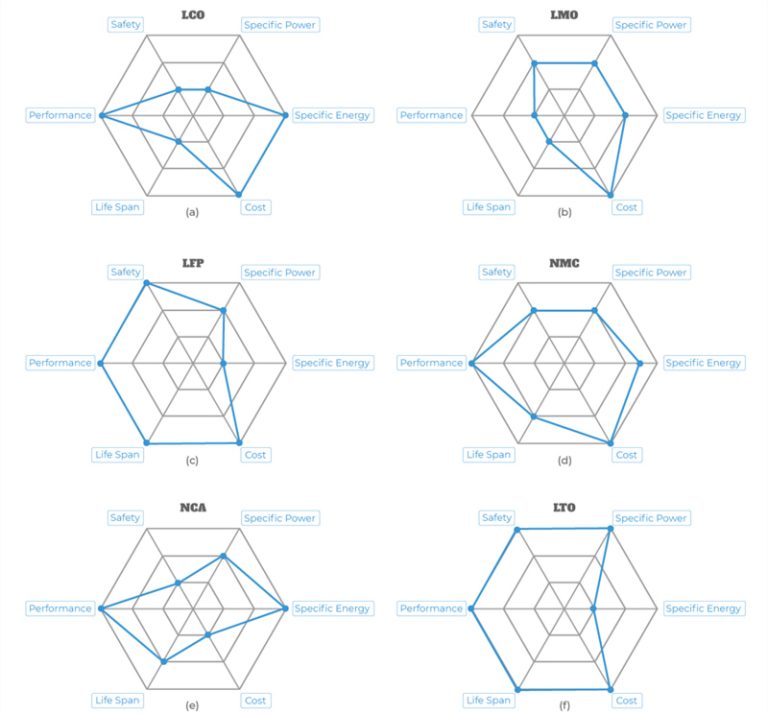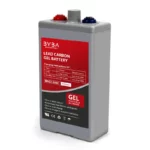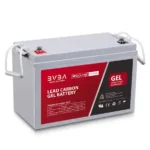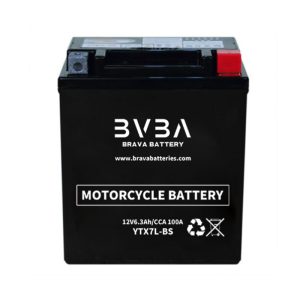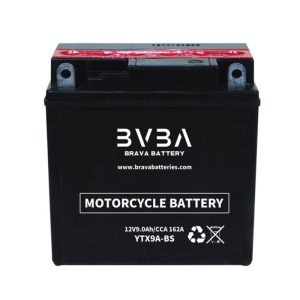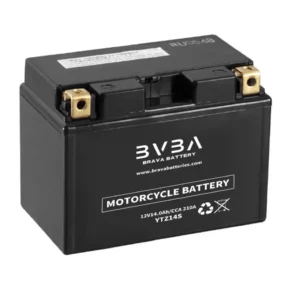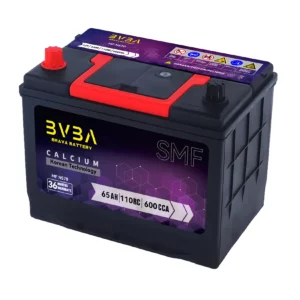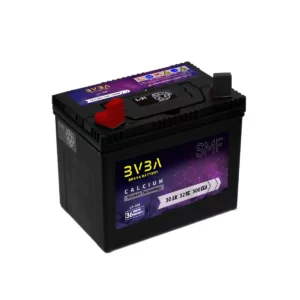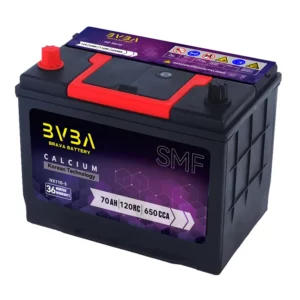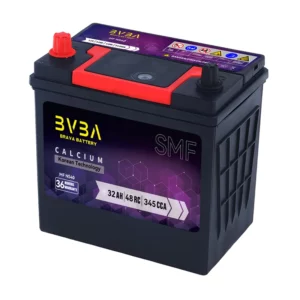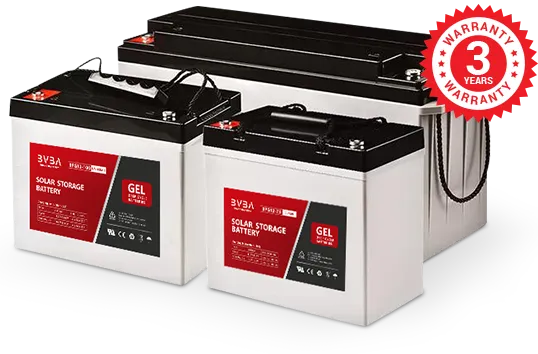Lead Carbon Battery Advantages Technology
With the progress of society, the requirements for battery energy storage in various social occasions continue to increase. In the past few decades, many battery technologies have made great progress, and the development of lead-acid batteries has also encountered many opportunities and challenges. In this context, scientists and engineers worked together to add carbon to the negative active material of lead-acid batteries, and the lead-carbon battery, an upgraded version of lead-acid batteries, was born.
Lead Carbon Battery Advantages
Carbon enhanced lead acid battery is a kind of lead-acid battery, which is made by adding carbon materials to the negative electrode of lead-acid batteries. Carbon is a very magical element with the most abundant types of compounds. Its addition greatly improves the charge and discharge performance while retaining the original power density of lead-acid batteries. At the same time, carbon lead-acid battery has high safety and reliability, which can make up for the deficiencies of ordinary carbon lead acid battery that cannot cope with various complex working conditions.
The carbon particles we add to the lead negative electrode will form a conductive network structure, which is used under energy storage conditions. The charge-discharge cycle service life of advanced lead carbon battery can reach several times that of lead-acid batteries. In terms of environmental protection, carbon lead-acid battery are environmentally friendly and can achieve 100% battery recycling. The main advantages of this network structure are as follows:
- Provide reaction centers: new reactive centers are formed on the surface of these carbon particles;
- Form a conductive network to reduce polarization;
- Form a smaller and uniform mass transfer network to promote the uniform progress of the electrochemical reaction on the surface and inside of the electrode, thereby reducing the concentrated precipitation effect of PbSO4 on the surface;
- As a heterogeneous material, it hinders the growth of PbSO4 particles and makes them evenly distributed.
- Improve the capacity and power characteristics of the battery through the capacitive effect of carbon.
Based on the above network structure, the lead-carbon battery advantages are to effectively suppress the sulfation trend of the negative electrode, which significantly improves the battery service life. Not only that, the production process of lead-carbon battery has no essential difference compared with traditional lead-acid batteries. Thus, there is no need to change the now mature process, and it is easy to achieve scale production, especially for the long-life and low-cost requirements of energy storage batteries.
Moreover, carbon itself has good electrical conductivity and capacitance characteristics, so that lead-carbon battery has better low-temperature start-up capabilities, charge acceptance capabilities, and high-current charge-discharge performance than traditional lead-acid batteries. When working with high current: The capacitive carbon material plays a “buffer” role. When the lead-carbon battery is charged and discharged with frequent instantaneous high-current, the current is mainly released or received by the carbon material with capacitive characteristics. At this time, the impact of the large current received by the lead metal negative electrode is small, so it is not like the traditional lead acid batteries, “negative sulfation” occurs rapidly under high current, which effectively prolongs the service life of the battery; when working at low current: It is mainly worked by the negative electrode of the sponge lead to continuously provide energy. The energy stored in the carbon by the capacitance energy due to the impact of the large current will also react with the nearby lead, and the reaction is gradually homogenized.
For lead-carbon battery for sale, there are many types of added carbon: carbon black, activated carbon, graphene, graphite, carbon fiber, and carbon nanotubes. The main functions they can provide for lead-carbon battery are: electrical and thermal conductivity; network pore structure, providing specific surface area required for reaction and electric double layer capacitance. It can be said that the development of lead-carbon battery technology has given the carbon materials a stage to display their talents.
Lead-carbon Supercapacitor Battery
Lead-carbon battery is a new type of super battery that combines lead-acid batteries and supercapacitors: it not only takes advantage of the instant large-capacity charging of supercapacitors, but also takes advantage of the specific energy advantages of lead-acid batteries.
Lead-carbon battery is a mixture of asymmetric supercapacitors and lead-acid batteries using internal parallel connection. As a new type of super battery, a lead-carbon battery is a combination of lead-acid batteries and supercapacitors, which is also a kind of dual-function energy storage battery with both capacitive and battery characteristics. Therefore, it not only takes advantage of the instant power and large capacity charging of supercapacitors, but also takes advantage of the energy advantages of lead-acid batteries, which can be fully charged in one hour and has good charge and discharge performance. Due to the use of lead-carbon battery technology, the performance of lead-carbon battery is far superior to traditional lead-acid batteries, so the lead-carbon battery can be used in new energy vehicles, such as hybrid vehicles, electric bicycles and other fields; it can also be used in the field of new energy storage, such as wind power generation and energy storage.
Battery technology is the key to restricting the development of the energy storage industry. Lead-acid batteries are an ancient and practical battery technology. The new generation of lead-carbon battery produced by the optimization of the introduction of capacitive carbon has become an important help for this magical battery technology to continue the legend in the new era. With the advantages of strong charge acceptance, safety and reliability, and low manufacturing cost, under the background of the widespread use of renewable energy and the continuous expansion of the energy storage market, lead-carbon battery will become another development direction of energy storage batteries after lithium-ion batteries and flow batteries.
HIGH RATE BATTERY
High Rate Discharge Battery
High rate series battery generally refers to the lithium battery, which mainly relies on lithium ions’ moving between the positive and negative electrodes to achieve work. During the charging and discharging process, Li+ is intercalated and deintercalated back and forth between the two electrodes. When recharging the battery, Li+ is deintercalated from the positive electrode and inserted into the negative electrode through the electrolyte. The negative electrode is in a lithium-rich state, and during discharge, the condition is opposite.
The high-rate discharge battery has a wide operating temperature ranging from -20℃ to 60℃. It has superior cycle performance, with fast charging and discharging function, and its charging efficiency is up to 100%. Besides, it has high output power and long service life. The factors affecting the high rate battery discharge are as follows (take lithium-ion high-rate batteries as an example):
Factors affecting the high-rate discharge battery performance of the negative electrode
Many factors affect the high-rate discharge battery performance of the negative electrode, such as the structure, size, electrode thickness, surface resistance, etc., but these factors affecting the negative electrode can be summarized as the following two aspects:
- From the influence on the high rate performance caused by material structure, size, and electrode thickness, we can see the length of the diffusion path of lithium ions in the material or electrode, that is, the difference in the concentration of lithium ions in the electrode will do effect on the high rate performance of the electrode, namely, the internal resistance of concentration polarization is an aspect that affects the high rate performance of the negative electrode;
- From the influence of electrode surface resistance and electrode conductivity on the high-rate performance of the negative electrode, it can be concluded that the ohmic internal resistance is another aspect that affects the high-rate performance of the negative electrode. It can be seen that the size of these two internal resistances can affect the high-rate performance of the negative electrode because the size of the internal resistance (the sum of the polarization internal resistance and the ohmic internal resistance) directly affects the degree of polarization of the negative electrode during high-rate discharge.
Factors affecting the high-rate discharge battery performance of the positive electrode
1) Structure of cathode material
It is generally believed that the diffusion coefficient of lithium ions is relatively small, which is a controlling factor for high-rate discharge, while LiMn2O2 is a cubic crystal structure with three-dimensional channels, which is conducive to the rapid migration of lithium ions in it. And It is considered as an electrode material suitable for high-rate charge and discharge.
2) Electrode conductivity
Since LiCoO2, LiMn2O4 and LiFePO4 have low electrical conductivity, it is usually necessary to add conductive agents (carbon black, acetylene black) to improve its electrical conductivity when preparing working electrodes. During high-rate discharge, the conductive agent has a particularly prominent effect on the performance of the cathode material.
3) The particle size of the cathode material and electrode film thickness
Both the discharge capacity and the cycle performance of high current have a certain relationship with the thickness of the electrode film. The thicker the electrode film is, the smaller the specific capacity is at high current. The thinner the electrode film is, the better the cycle performance under high current. The cause is similar to the negative electrode.
Types of high rate batteries
Lithium ion battery high discharge rate
Lithium ion battery high discharge rate is an energy conversion and storage device that converts chemical energy into electrical energy through reaction. The surface structure is divided into a positive electrode, a negative electrode, and battery shell. The internal structure is divided into a winding structure and a laminated structure. As electrical appliances require higher performance of lithium ion battery high discharge rate, the production workshops of major manufacturers must strictly control moisture and impurities. Moisture directly affects battery capacity and high-temperature performance, and impurities directly affect battery self-discharge.
Advantages of lithium ion high rate battery
- Diversified appearance: it can be designed into square, cylindrical, triangular, and moon shape;
- Thin thickness: the thinnest thickness can be 0.5mm;
- It can be made into a single high-voltage battery and the batteries can be connected in series;
- High capacity: the capacity of the same type battery is 15% higher than that of the aluminum shell;
- Lightweight: the same type of battery is 30% lighter than the aluminum shell;
- High current discharge: aluminum shell can discharge at a maximum of 3C, and flexible packaging can discharge at a maximum of 35C-40C, or even higher;
- Good safety performance: the flexible packaging battery will not explode, cause a serious fire or slightly bulge;
- Environmental protection: there is no obvious liquid electrolyte inside the flexible battery.
High rate polymer battery
The full name of high rate polymer battery is polymer lithium-ion power lithium battery, which belongs to a kind of lithium-ion battery. The combination of a high rate and the polymer lithium-ion battery is the high rate polymer battery with a large discharge C value. They are generally not used in digital products such as mobile phones, but it is used in the power system of electric cars, various airplanes, and remote control model cars that need explosive power.
High rate polymer battery requires a large discharge C value, but not every lithium-ion battery produced by each factory has a high rate. There are various types of lithium-ion batteries, and the batteries of lithium-ion battery manufacturers are also very different. Their strategy and technology emphasis differ.
BRAVA has a lot of high rate batteries, and the battery life is relatively long. Its battery enjoys a high reputation in the aircraft model industry with advanced cell technology and great battery durability. Welcome to buy!
Tips: more detail information,for Lead Carbon Battery。
